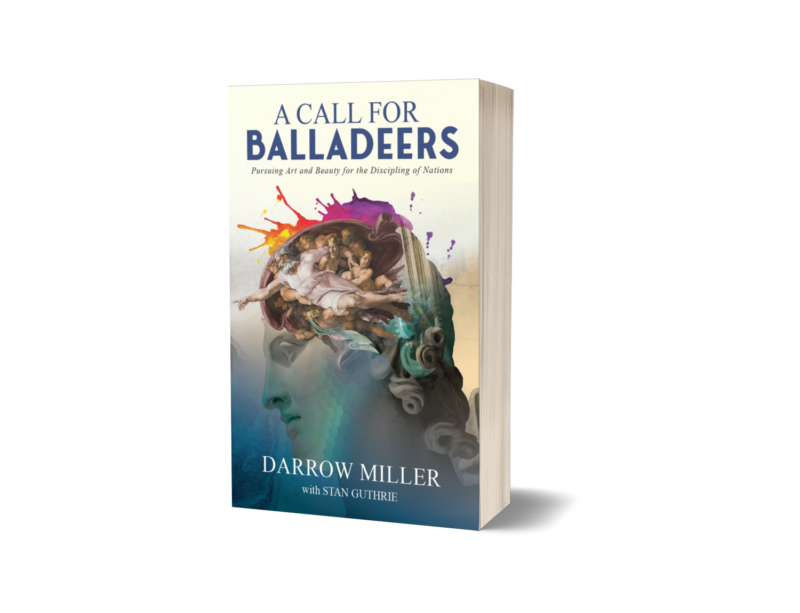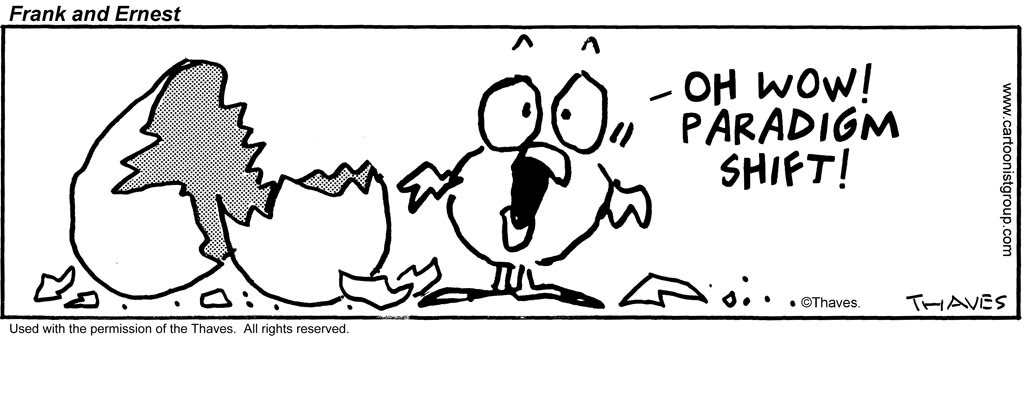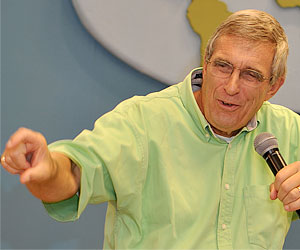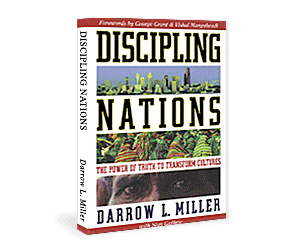In the last post of the series, we reflected on Aaron Renn’s article about the culture’s shift from positive to negative in its attitude toward the Judeo-Christian worldview.
In this post, we will examine the insights of Nathan Stone on the need for new symbols in order to create a context for followers of Christ to fight against the forces of evil that are currently mounting. As we will discover, symbols are essential for us to understand who we are, why we are here and how we are to live as a result.
According to Nathan Stone, the political philosophers, Willmoore Kendall and George W. Carey “define a symbol as a way a people understand themselves and their place in history.” In their 1975 book, The Basic Symbols of the American Political Tradition, they argued that “the preeminent American symbols, from the Mayflower Compact to the Constitution, have depicted a virtuous people, under God, deliberating together for the common good.”
John Winthrop, the Colonial Governor of Massachusetts Bay Colony, famously established one of the early and most powerful images of colonial America. As he prepared to lead the Puritan settlers in their voyage to the New World, he gave a sermon titled “A Model of Christian Charity” delivered on March 21, 1630. Winthrop took for his text Matthew 5:14 in which Jesus states, “a city on a hill cannot be hidden.” Winthrop said that this Puritan experiment of freedom would be, “as a city upon a hill, the eyes of all people are upon us.”
The Puritans had a covenant between themselves and God: “So that if we shall deal falsely with our God in this work we have undertaken and so cause him to withdraw his present help from us, we shall be made a story and a byword through the world.” We need to hear this warning in our nation today!
This symbol of the “City on a Hill” was part of the founding vision of the country and would become part of America’s very identity. Presidents John Kennedy, Ronald Reagan and Barack Obama all spoke of the City on a Hill in their speeches to remind Americans who they were.
We must understand how much symbols color our understanding of a situation. For those of us born in America, we’ve grown up with these symbols passed down to us. For us who hold to a more biblical and historic vantage point, we maintain that America is a bright spot in the world, a beacon of freedom, a city set on a hill. It’s hard for us to see it any other way. And yet, we must come to grips with the reality of where we truly are as a nation today.
While our roots and our history created a nation of freedom and opportunity that still attracts millions of people who long for a new start, most of what was once America, or original American culture has now given way to something much more pernicious. We can no longer afford to see America through the hope-filled vision of the past. We must make an honest appraisal of our culture and see through different symbols the reality and in many places the horror of what is truly happening.
We are now living in a world and culture that hates the God of creation and the Judeo-Christian faith and worldview; and it is hostile to the things we hold most dear. We have replaced the living God of beauty, order and hope with Satan, the god of disorder, the hideous and death. In today’s hostile world, we need new symbols to help us understand who we are, the context in which we live, and what we are to do.
Nathan Stone argues that to replace the older Founders’ symbol of a City on a Hill, and to fight the modern and postmodern symbols of death and destruction, we need to recognize three new symbols:
- The Wilderness in which we currently live
- The Evil that resides in the wilderness
- Christ the Warrior King—the God we worship
In the next post in this series, we will look at the reality of the wilderness in which we live.






